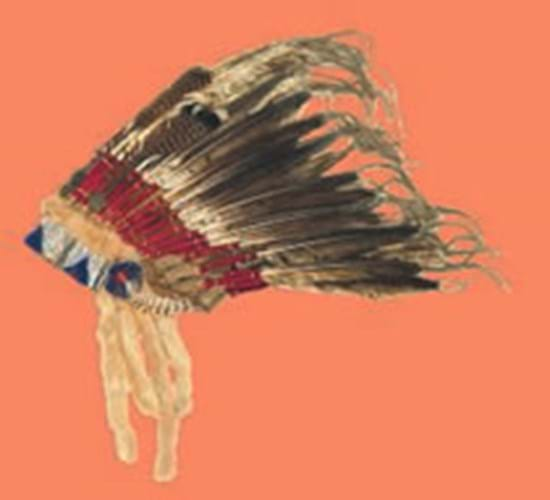
Well, yes it could - except in America all trade in such feathered items is strictly forbidden. There is much feeling among the descendants of the old tribes that their heritage shouldn't be the stuff of commerce. However, it is under the draconian conservation laws of the US Fish & Wildlife Service that owners of American Indian feathered works of art have been subjected to elaborate Federal sting operations and subjected to swingeing fines.
But, as the US Customs' writ does not run in East Sussex, the bonnet of 35 eagle feathers and three partridge feathers trimmed with beads, fur and deerskin, was a high point of the January sale 11 held at Lewes by arms and armour specialists Wallis & Wallis (15% buyer's premium).
Auctioneer Roy Butler believed the bonnet pre-dated one of the saddest days in the history of the Blackfeet. On January 23, 1870, Major Eugene Baker and the US 2nd Cavalry descended on Heavy Runner's Montana camp, killed 173 Blackfeet, mostly women and children, and subsequently abandoned 140 sick and wounded prisoners to die on the freezing prairies. This inglorious episode of US arms became known as Baker's Massacre. Thirteen years later worse was to come when, the buffalo having been exterminated, a harsh winter inflicted mass starvation on the Blackfeet.
Against this melancholy background, the war bonnet, entered from a UK source, attracted considerable interest but, given the legal situation, comparatively modest bids. It sold at £1050 and Mr Butler believes its eventual destination, as a gift rather than traded goods, will be Florida.




